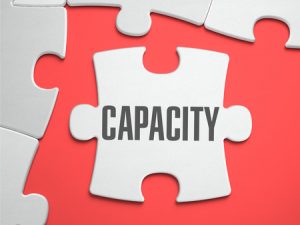Hey, Google, What’s the Future Of Analytics?
Today, over 70 million websites use Google Analytics, including over 50% of U.S. businesses. Starting July 2023, Google Analytics will go offline.
Practically every brand marketer uses Google Analytics to drive their brand site analytics and there is no competitor, really. Most brand marketers are unaware of the significant impacts that Google’s evolution to GA4 will bring, which is being forced on all GA users.
Now is the time to start migrating to this new future of analytics.
3 Key Benefits
Predictive analytics. Predictive audiences can be created along with predictive metrics including purchase probability, churn probability, and revenue prediction. Brands can also create segments based on user behavior and extend these segments to Google Ads for more precise targeting.
Journey and path analysis. With no limits in standard reporting from sampled data, brands have near endless options to set different points of analysis and track the user’s path to purchase. If you want all the data, you should be able to get all the data of your users across every device they use and every website or app you have.
No cookies needed. User-centric and event-based tracking gives brands more control over what data is being collected. Google’s new approach is designed to prepare marketers to stop relying on third-party cookies, which will eventually be phased out.
3 Key Changes
It’s all about events. Where Universal Analytics was about sessions and hits, the future of analytics and GA4 is centered around event-based tracking tied to the user (not necessarily the session). Everything including metrics like First visit, Session Start, Pageview, and Site Search are all events in GA4 and require TLC to mold the standard reporting so it makes sense for those who are used to the old way of reading reports.
Learn the 3-scoped dimensions. Before you get in too deep, get familiar with the differences in the three dimensions you can use when pulling your metrics. How you interpret the metrics depends on which scope you’re viewing those metrics from. User-scoped dimensions, session-scoped dimensions, and event-scoped dimensions will provide different ways to view and understand your website metrics.
There is no bounce rate.Technically you can still dig in and find this metric, but you’ll have a hard time finding it. Since the data streams are now event-based, standard reporting will only include engaged sessions — which is essentially the opposite of bounce rate. This “glass half full” approach is likely to position the “engaged sessions” metric as a great measure of engagement overall.
If performance metrics for your brand are dependent on year-over-year comparisons and deltas like most, now is the time to be migrating onto something new if you haven’t already, and run it on a parallel path with your existing Universal Analytics.
Google offers a helpful migration guide to get you started if GA4 is right for you — but if you are a larger enterprise, it may get tricky, so work with your IT department and agency partner.
(22)
Report Post







